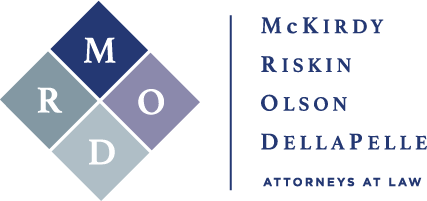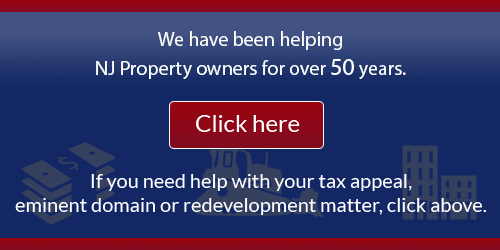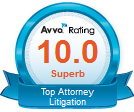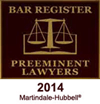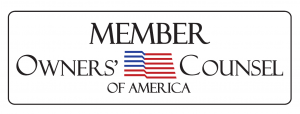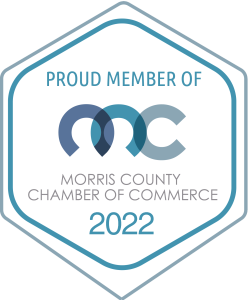Walking the Tightrope Between Private Property Rights and Public Development

- Why Private Property Rights Matter
Private property rights are more than just legal entitlements—they are essential to the functioning of a market economy and the preservation of individual liberty. When individuals can own land, homes, and businesses, they gain the freedom to make decisions about how to use those assets. This autonomy fosters innovation, investment, and stewardship. Moreover, property rights provide a sense of security. People are more likely to invest in their homes, improve their land, or start a business when they know their property cannot be arbitrarily taken away or abused.
- The Role of Eminent Domain
Despite the importance of property rights, governments must sometimes intervene for the greater good. Eminent domain allows public authorities to acquire private land for projects that serve a public purpose—such as building roads, schools, or utilities. The U.S. Constitution’s Fifth Amendment acknowledges this power but places two critical limits on it: the taking must be for “public use,” and the owner must receive “just compensation.” The New Jersey Constitution also includes these two significant limitations.
In theory, the constitutional limitations on the power of eminent domain are intended to ensure a fair balance between individual and collective interests. In practice, however, the use of eminent domain has often been controversial.
- Controversies and Legal Challenges
One of the most contentious U.S. Supreme Court cases on this issue was Kelo v. City of New London (2005). In Kelo, the Court ruled that the local government could involuntarily seize private property to transfer the land to a private developer. The decision sparked widespread backlash, with critics arguing that it expanded the definition of “public use” to include virtually any project that might increase tax revenues or create jobs (i.e., “economic development”). The Kelo decision highlighted a long-standing concern: when does public benefit justify private loss? Broad interpretations of the eminent domain power can lead to government abuse, disproportionately affecting low-income communities and minorities who may lack the resources to fight back. To address this fear following Kelo, many states passed laws to tighten the definition of public use and strengthen protections for property owners.
- Striking the Right Balance
The challenge lies in finding a balance between the legitimate needs of society and the rights of individuals. Infrastructure projects, environmental conservation, and urban development often require land that is privately owned. But these goals must be pursued with transparency, fairness, and respect for the people whose lives are affected.
To achieve this balance, several principles should guide the use of eminent domain:
- Clear Public Benefit and Necessity: The project must serve a genuine public need, not simply private or pretextual interests cloaked in public rhetoric.
- Due Process: Owners must have the opportunity to challenge the taking in court and receive a fair hearing. This process includes challenging the amount of compensation that is offered for the taking.
- Community Engagement: At the outset, governments should involve affected communities early in the planning process to build trust and minimize harm.
Looking Ahead
As cities grow and infrastructure ages, the tension between private property rights and eminent domain will only intensify. Climate change, for example, may require the relocation of entire communities or the construction of new flood defenses. We have already seen such flood control projects in New Jersey along the Hudson River. Technological advances like high-speed rail or renewable energy grids may also demand new corridors of land. In these scenarios, the principles of fairness, transparency, and respect for property rights must remain paramount.
One of the easiest ways for a property owner to begin the fight against eminent domain is to retain experienced counsel as early as possible. For over 55 years, McKirdy, Riskin, Olson & DellaPelle, P.C. has concentrated its practice in this special area of the law and has earned a reputation for persistently defending its clients’ constitutionally-recognized property rights. If you are confronted with the threat of eminent domain, please feel free to contact us for a free consultation.
